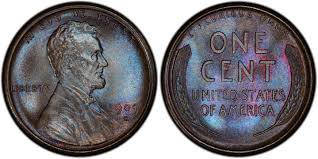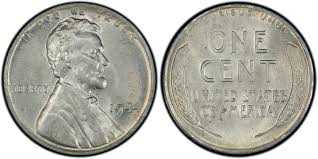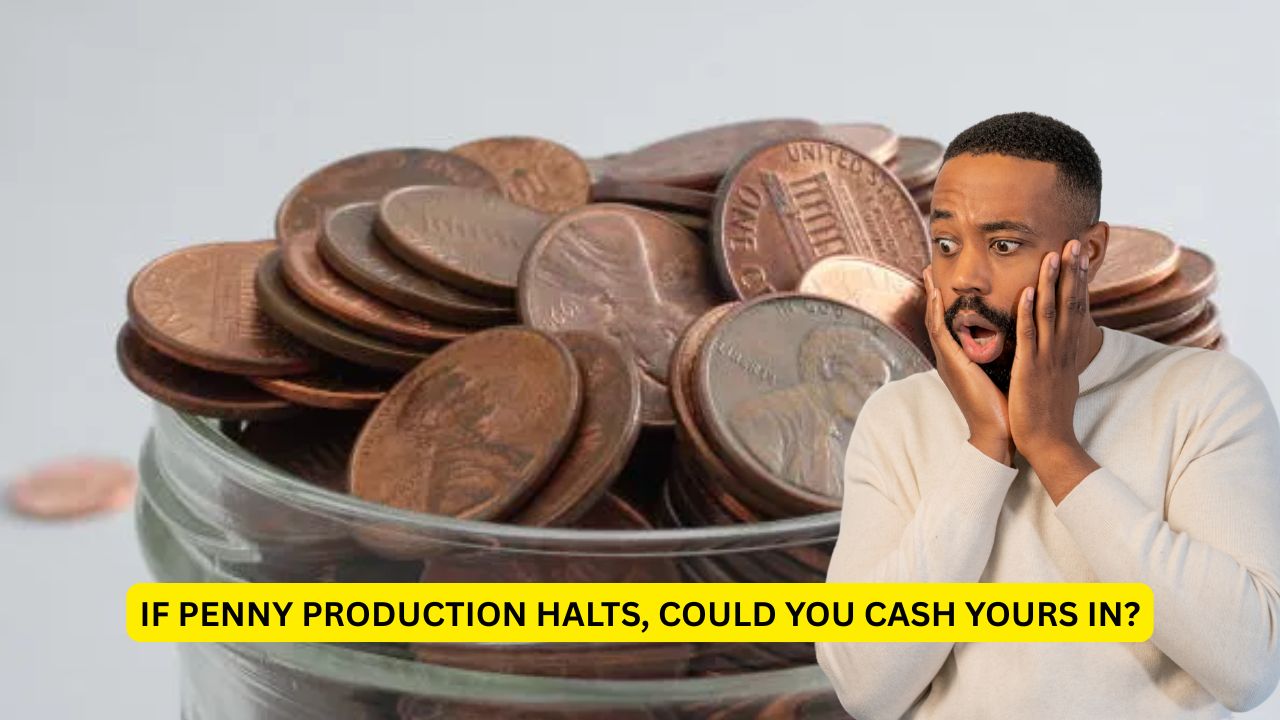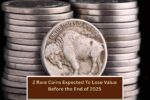SALT LAKE CITY (KTVX) — A fresh piece of legislation targeting the penny has landed in Congress, signaling a renewed push to phase out America’s one-cent coin. And if you’re a collector rather than a spender, you might be wondering if this move will suddenly make your change more valuable.
That’s unlikely—but it could change how you pay for everyday items.
Last week, Senators Mike Lee (R-Utah) and Jeff Merkley (D-Oregon) introduced a bipartisan proposal titled “Make Sense, Not Cents,” which would direct the U.S. Mint to stop producing new pennies. This is just one of several bills sparked by former President Donald Trump’s February announcement urging the Treasury Department to halt penny production, calling them “wasteful.”
The penny under scrutiny: Why is it still around?
According to the U.S. Mint’s latest report, it costs 3.69 cents to produce a single penny—marking the highest production cost ever.
“No private business would produce something at a 4x loss,” Sen. Lee said in a statement. “It’s time to stop wasting Americans’ hard-earned tax dollars making overpriced pennies.”

While halting penny production might suggest a spike in demand for the coin, experts say that scenario is unlikely.
Staff at All About Coins in Salt Lake City told Nexstar’s KTVX they don’t expect Lincoln’s coin to suddenly jump in value.
“I don’t think that we’re ever going to see a day where like a 2024 penny is going to be worth so much more,” store clerk Casey Hackford-Peer said. “Maybe in 200, 300 years, but not in my lifetime.”
But not all pennies are created equal.
Some rare versions are indeed worth a small fortune.
Hackford-Peer pointed to the 1909 S “VDB” cent, which still includes the artist’s initials. This coin can fetch hundreds—or even thousands—of dollars, with some versions worth up to $750,000. Another rare penny, minted in Denver in 1943, sold for $840,000 in 2021, according to Heritage Auctions.
These coins, known as “wheat pennies” for the stalks of wheat engraved on their backs, were minted between 1909 and 1958. They’ve commanded high prices at auctions. A 1944 steel penny—which looks silver instead of the usual copper or bronze—sold for $168,000 in January. A highly graded 1909 wheat penny recently went for $99,000.

Could your loose change be worth millions?
Probably not. The pennies in your piggy bank or wedged into your couch are unlikely to yield a windfall. Still, they might hold value for small cash purchases.
Another bill introduced earlier this year to stop penny production mirrors what Canada did: its penny remains legal tender, but all cash payments are rounded to the nearest five cents.
At present, all proposals to eliminate the penny have been sent to congressional committees for further consideration.
This article has been carefully fact-checked by our editorial team to ensure accuracy and eliminate any misleading information. We are committed to maintaining the highest standards of integrity in our content.

Outside of work, he enjoys playing chess, following cricket, and writing short stories. His commitment to integrity and in-depth analysis strengthens OTE News’ mission of providing trustworthy journalism.




